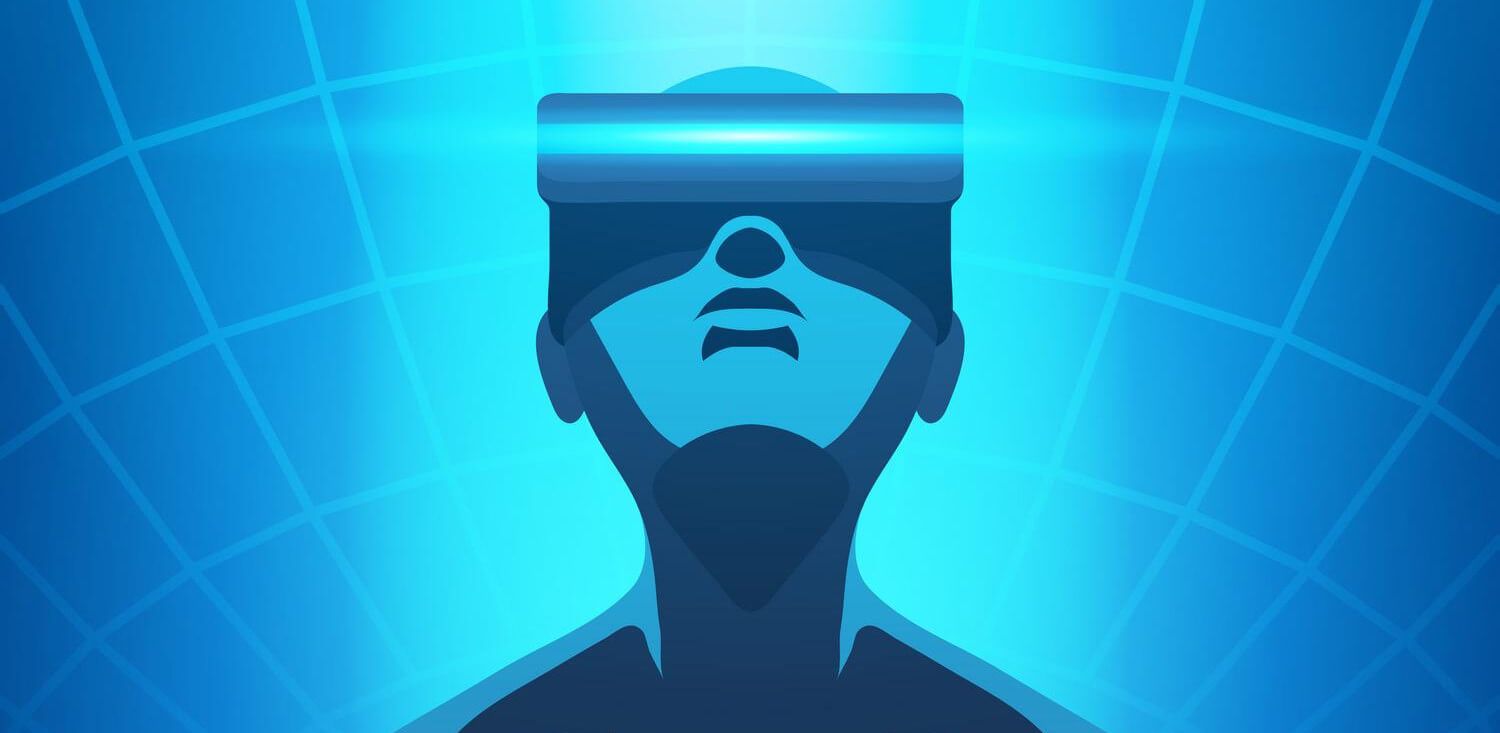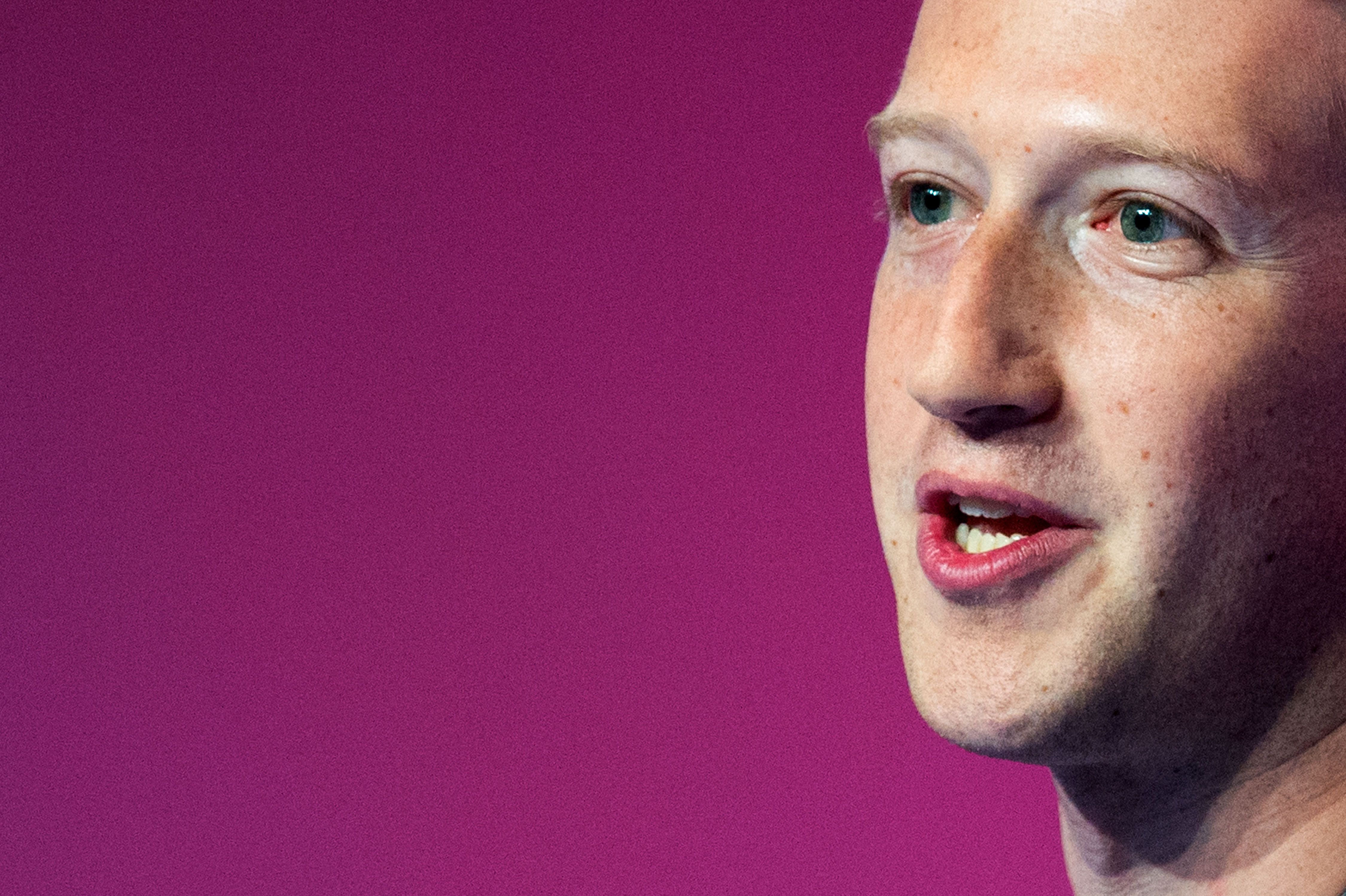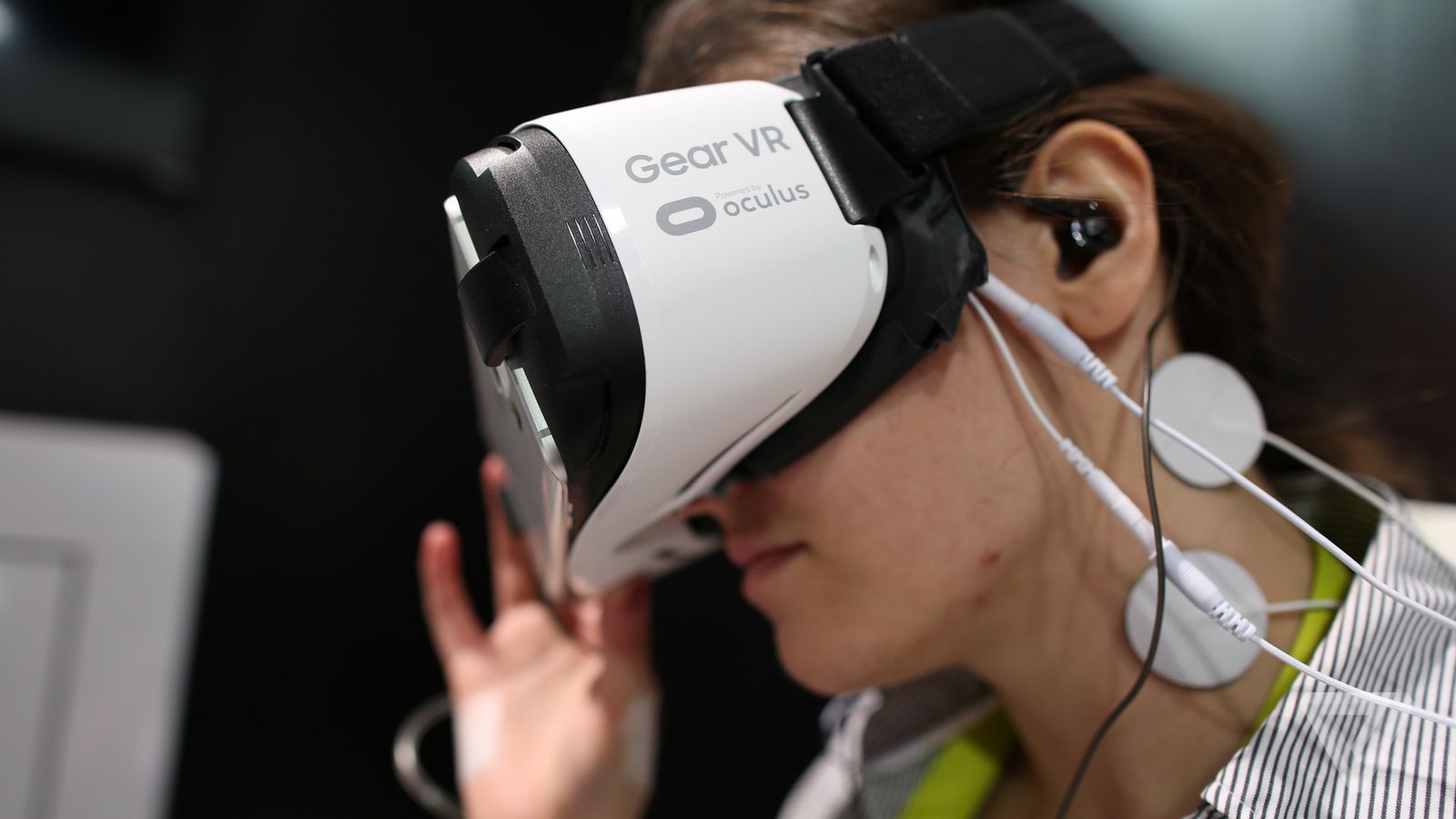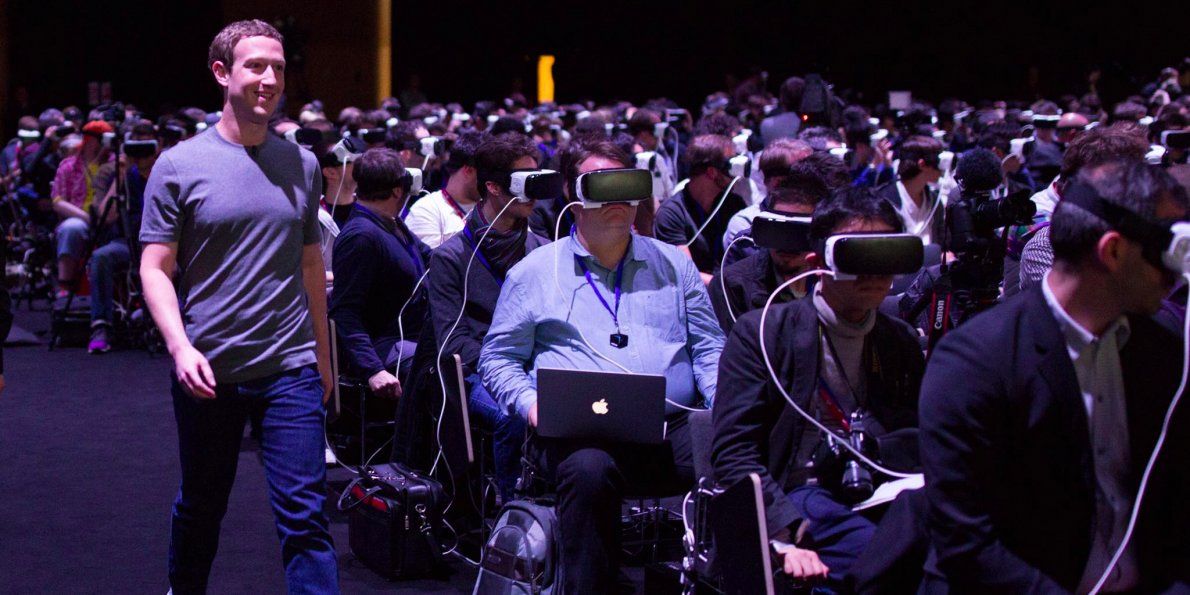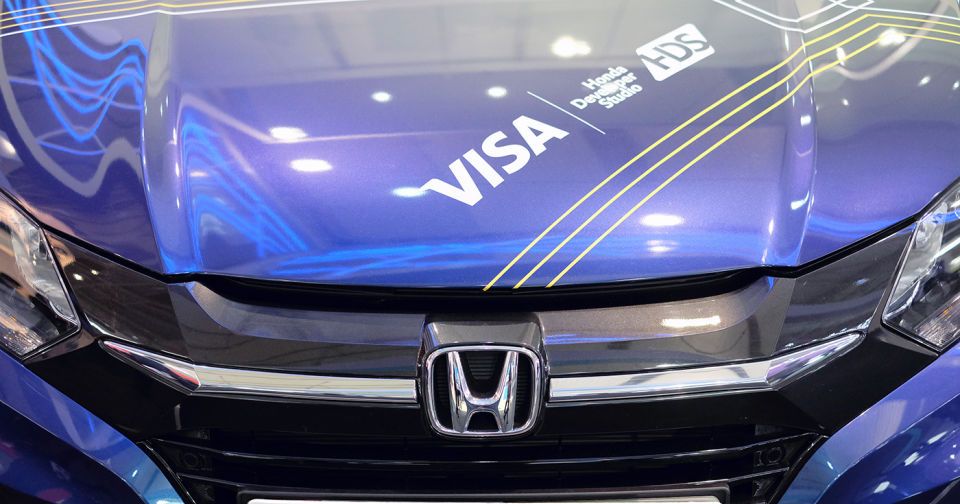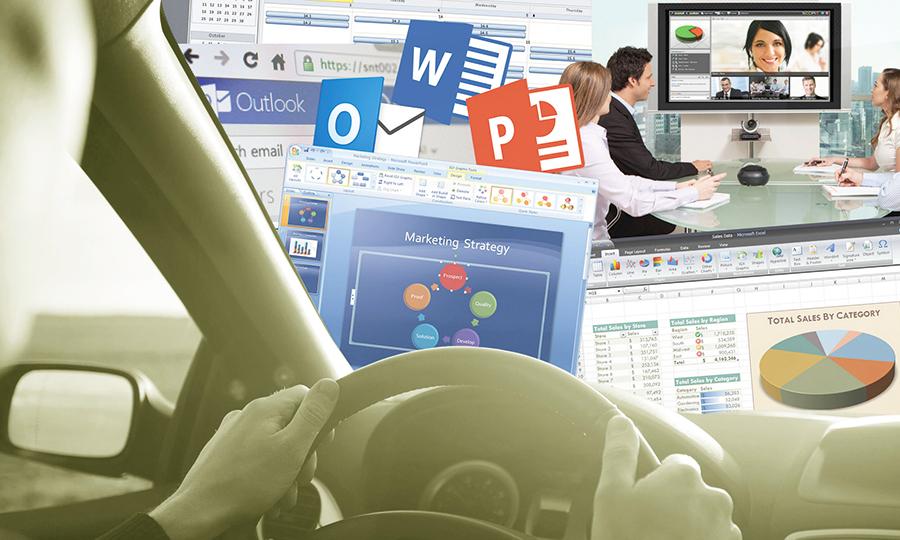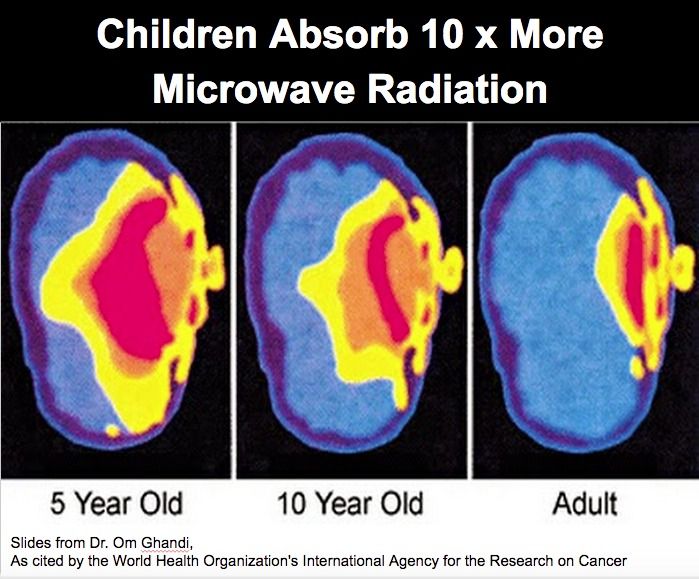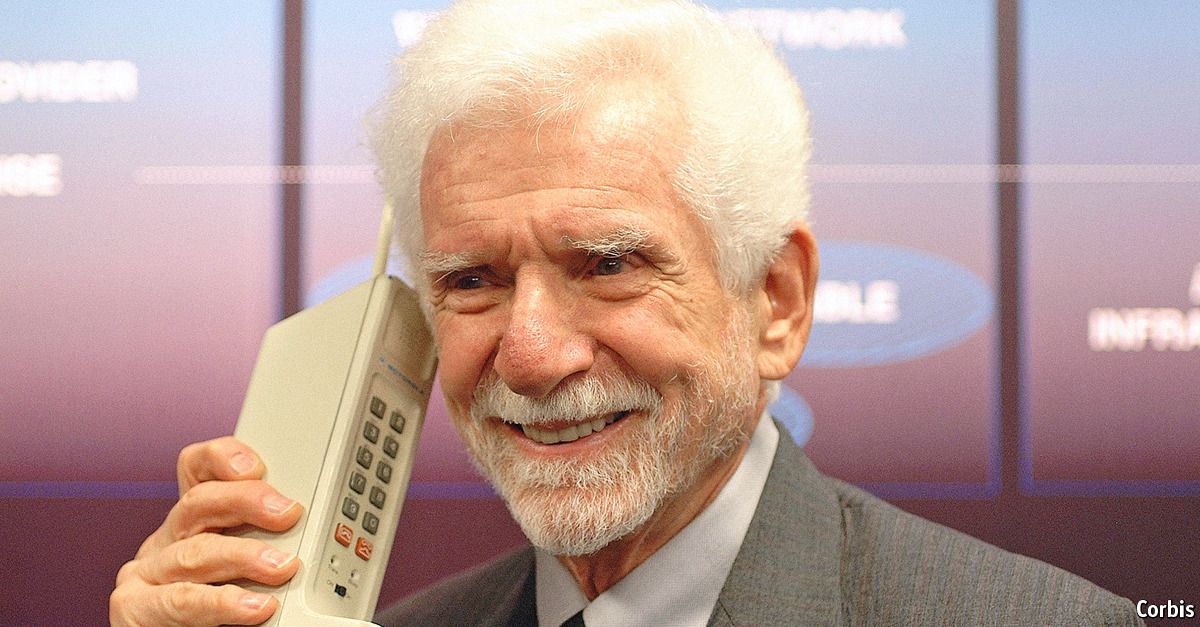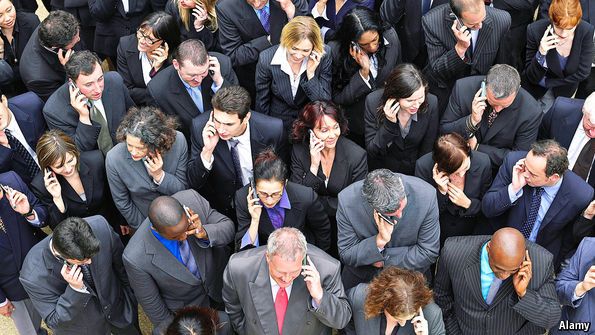Does the connected self driving car, mean a connected work car as well?
SAN FRANCISCO — In the balancing act between business and pleasure, the modern connected car is mostly about pleasure. Drivers can easily stream music from the Internet and dictate text messages to friends, but staying connected to the office is still cumbersome, as anyone who has tried to join a teleconference while driving can attest.
People tired of checking corporate email around the clock may prefer it that way. After all, a request from the boss can still be reasonably deflected with a simple: “Sorry, I’m driving.”
Yet for Microsoft Corp., which dominates the workplace software market with its Office 365 suite, in-car productivity is a huge, untapped opportunity. Many people use cars as mobile offices, and as cars become more automated, putting together a slide deck behind the wheel may go from unsafe to commonplace.
Read more
